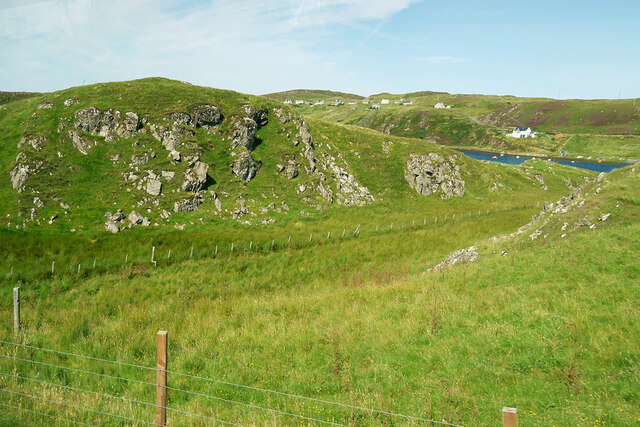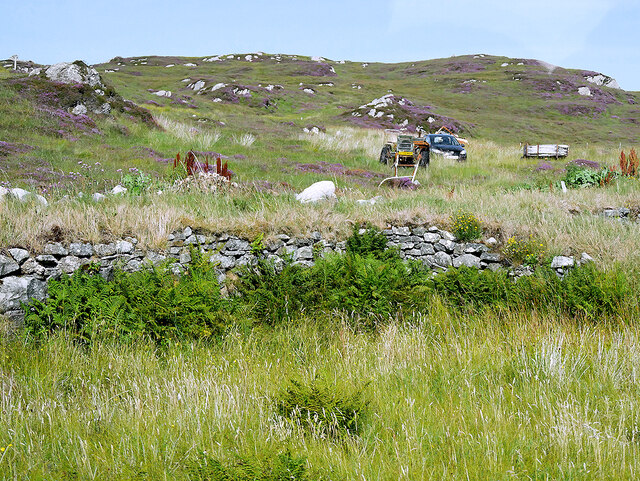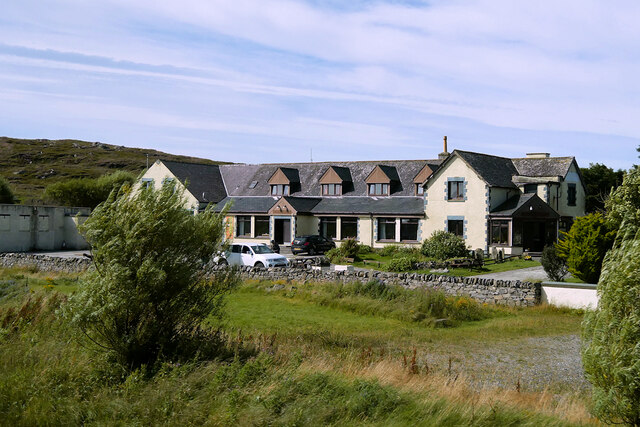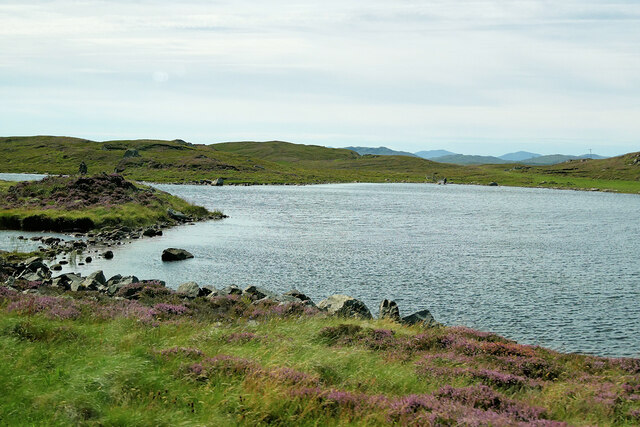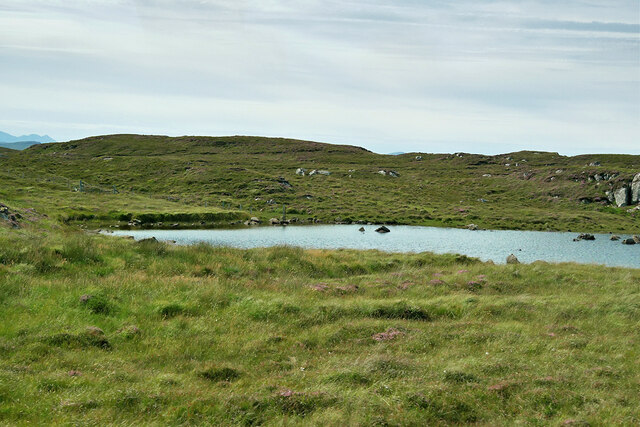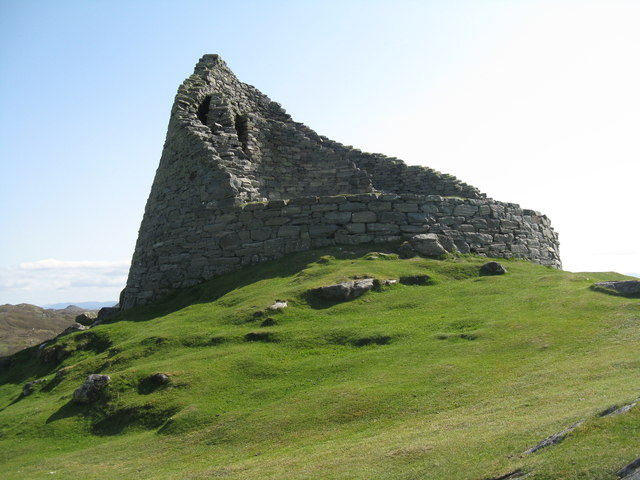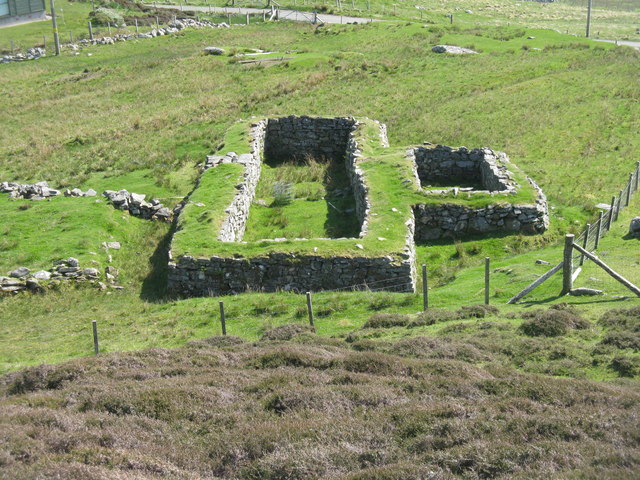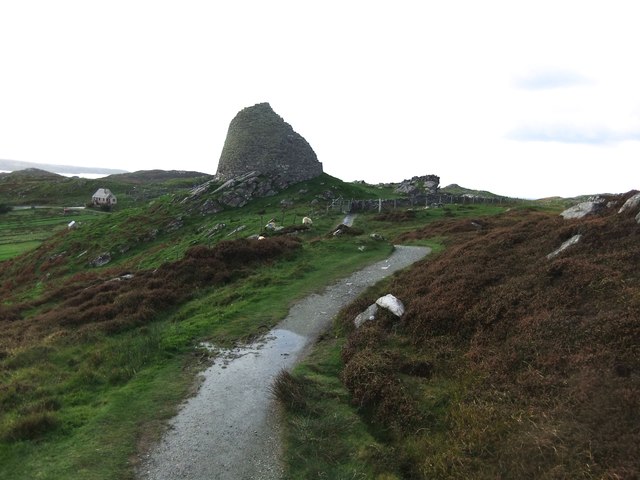Rubha na Faing
Landscape Feature in Ross-shire
Scotland
Rubha na Faing
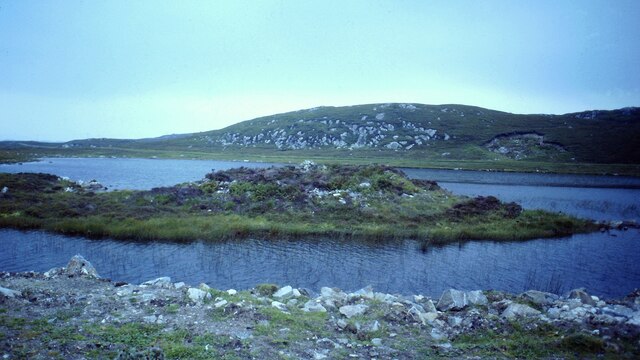
Rubha na Faing, located in Ross-shire, Scotland, is a captivating landscape feature that boasts stunning natural beauty and a rich history. Also known as the "Point of the Fishing Net," Rubha na Faing is a peninsula extending into the Cromarty Firth, offering breathtaking views of the surrounding coastline.
The peninsula is characterized by its rugged cliffs, which rise dramatically from the sea, providing a habitat for a diverse range of seabirds such as fulmars, guillemots, and kittiwakes. These cliffs also offer a nesting site for the majestic white-tailed sea eagle, a rare and protected species. Visitors can often spot these magnificent birds soaring overhead, adding to the area's allure.
The landscape of Rubha na Faing is further enhanced by the presence of a small, picturesque fishing village. This charming settlement provides a glimpse into the traditional fishing practices that have been carried out in the area for generations. The village's whitewashed cottages and colorful fishing boats add a delightful splash of color to the scenery.
In addition to its natural beauty, Rubha na Faing holds historical significance. The peninsula was once home to an Iron Age fort, indicating human occupation in the area dating back thousands of years. The remains of this ancient fort can still be seen today, offering a fascinating insight into the region's past.
Overall, Rubha na Faing is a captivating landscape feature that combines stunning natural beauty, diverse wildlife, and a rich historical heritage. It is a must-visit destination for nature lovers, history enthusiasts, and anyone seeking a tranquil escape in the heart of Scotland's picturesque Ross-shire.
If you have any feedback on the listing, please let us know in the comments section below.
Rubha na Faing Images
Images are sourced within 2km of 58.273645/-6.7668415 or Grid Reference NB2041. Thanks to Geograph Open Source API. All images are credited.
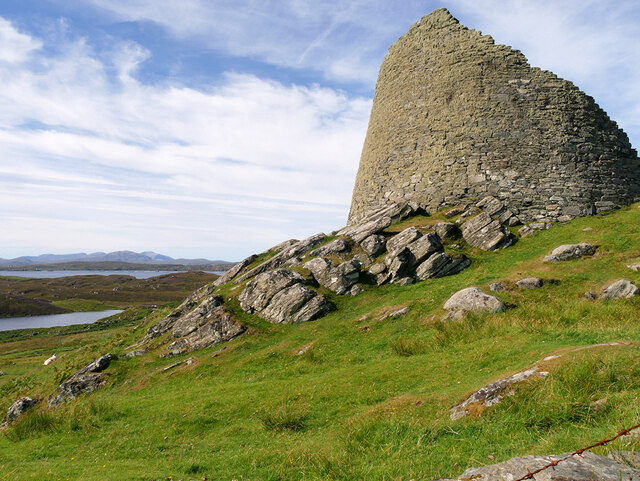
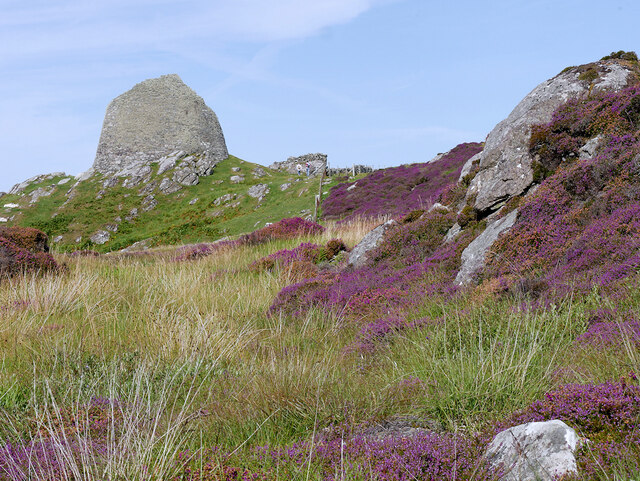
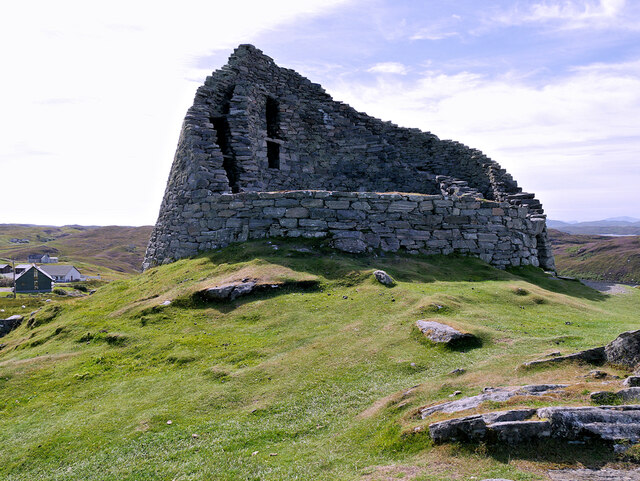
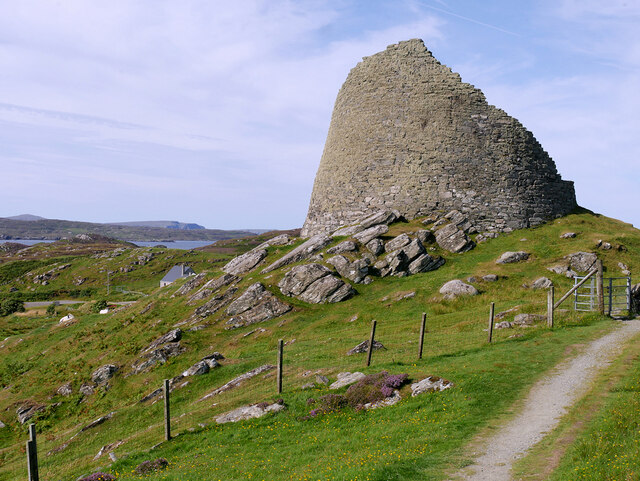
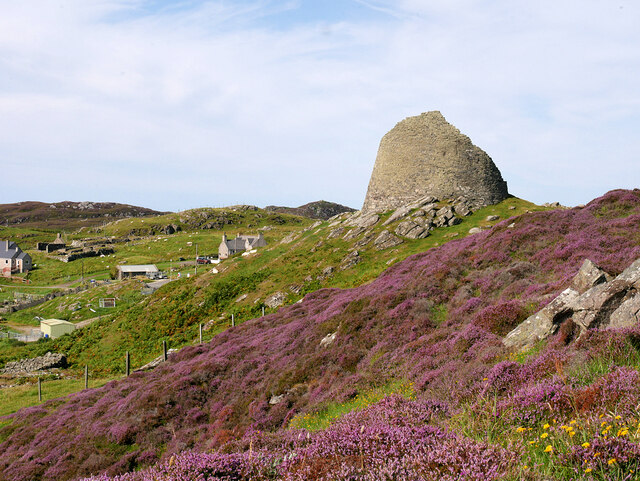
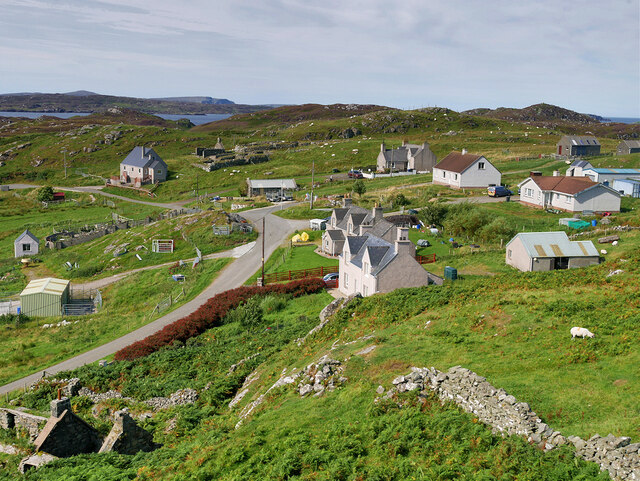
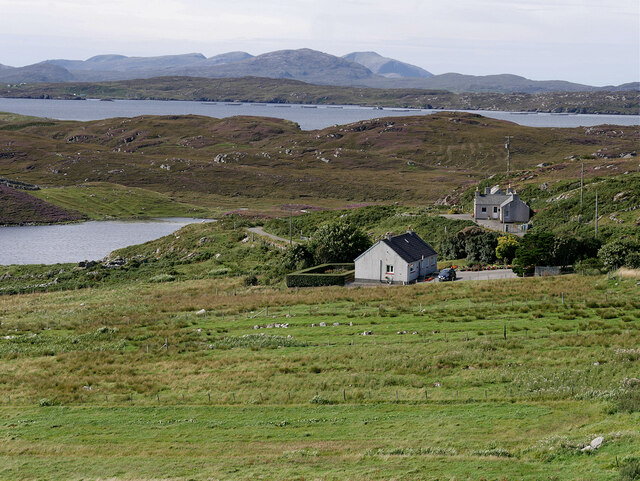
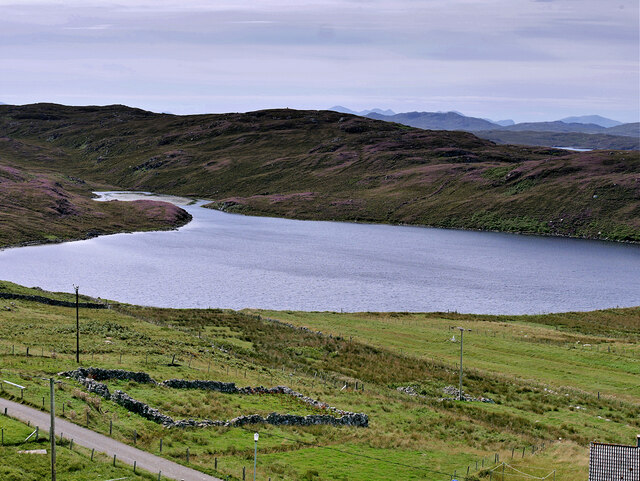
Rubha na Faing is located at Grid Ref: NB2041 (Lat: 58.273645, Lng: -6.7668415)
Unitary Authority: Na h-Eileanan an Iar
Police Authority: Highlands and Islands
What 3 Words
///beads.directly.braved. Near Carloway, Na h-Eileanan Siar
Nearby Locations
Related Wikis
Carloway
Carloway (Scottish Gaelic: Càrlabhagh [ˈkʰaːɾɫ̪ə.ɤː]) is a crofting township and a district on the west coast of the Isle of Lewis, in the Outer Hebrides...
Dun Carloway
Dun Carloway (Scottish Gaelic: Dùn Chàrlabhaigh) is a broch situated in the district of Carloway, on the west coast of the Isle of Lewis, Scotland (grid...
Borrowston, Lewis
Borrowston (Scottish Gaelic: Borghastan), with a population of about 50, is a crofting township situated on the Isle of Lewis, on the Outer Hebrides of...
Garenin
Garenin (Scottish Gaelic: Na Gearrannan) is a crofting township on the west coast of the Isle of Lewis in the Outer Hebrides of Scotland. Garenin is in...
Nearby Amenities
Located within 500m of 58.273645,-6.7668415Have you been to Rubha na Faing?
Leave your review of Rubha na Faing below (or comments, questions and feedback).
